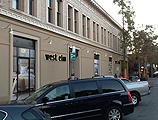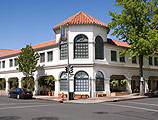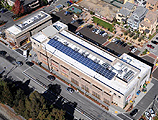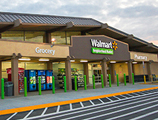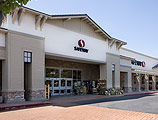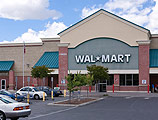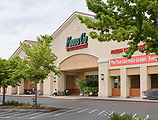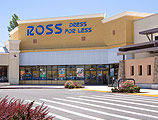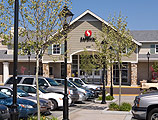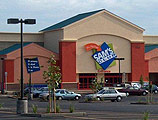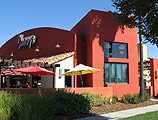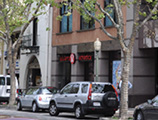Rite Aid is on life support. Again.
The weakest of the three national drug chains behind Walgreen’s and CVS, Rite Aid has once again stopped paying its obligations this month, stiffing one and all just as it did two years ago. In 2023, the company had 2100 stores and four billion in debt when it filed for Chapter 11. Emerging from bankruptcy last year, the chain had sold itself to its creditors, wiped out billions in debt, and walked away from 850 of its locations. And, if your correspondent’s personal experience can be extrapolated upon, the company slashed its rent on its remaining open stores.
Despite that extorted financial aid, Rite Aid remains—in a word—abysmal. Its stores look like Soviet-era markets, with rows upon rows of empty shelves, stained ceiling tiles, cracked linoleum, buzzing light fixtures and a pervasive sense of undisturbed grime. Why the empty shelves? Because having been scorched once, the company’s vendors are extending it zero credit.
That Rite Aid will crawl back into bankruptcy is probable. That it will emerge, not so much. Like cancer, second bouts of bankruptcy are usually more lethal than the first. And even if it were to survive, the company’s prognosis will be bleak. A bit of background. All three drug chains are fighting wars on multiple fronts. The trio has been beset by competition from Amazon, Walmart, mail delivery of pharmaceuticals (e.g. Mark Cuban’s Cost-Plus Drugs) and even home delivery by startup pharmacy companies. Not to mention the reviled pharmacy benefit managers—the middlemen coining money at the expense of every other player in the pharmaceutical field. Rite Aid may be a dead store standing, but its competitors are buffeted by those same headwinds and their own issues.
Once upon a time, we had two Rite Aids in our portfolio. We’d been long concerned over the company’s prospects and finally decided to sell one during the height of the pandemic. We kept the other. We sold the one because its location, while strong, was in a second-tier city. We kept the second because of its stellar positioning in a high-income neighborhood. With the reliable genius of hindsight, we should have sold that property the day we signed the Rite Aid lease.
Why didn’t we? Because, like so many in our business, we tend to think of our best locations—as opposed to our best tenants—as generational assets. Our mantra? We’d rather own a building in a brilliant location with a poor tenant than one in a poor location with a brilliant tenant. Why? Because today’s great tenant is tomorrow’s roadkill and, while nothing lasts forever, the best locations—e.g. Fifth Avenue in New York City—tend to long outlast even their most storied inhabitants.
But if keeping-the-best-location-forever strategy were all one needed to know, CRE would be checkers rather than three-dimensional chess. In fact, there’s a perhaps more compelling counter-strategy with a nifty tag line: “Sell the disco while they’re still dancing.” Sell the property before disaster strikes, before the fire or earthquake, before the lending market freezes, before your tenant walks. We employ this strategy far more often than the first, having sold two thirds of our developments upon completion.
Had we sold that second Rite Aid five years ago, simply paid the capital gains taxes and invested the net proceeds in an S&P 500 mutual fund, we would have been way ahead financially. And we would have been free of the dispiriting, expensive morass of Rite Aid’s bankruptcy. As it is, we will have to fight to regain control of the dilapidated store, spend scores of hours and millions redeveloping the site, all to achieve a final profit likely to be half of what a sale would have fetched in 2025.
Doubtless you’ve heard investors boast about never having lost a dime in commercial RE. A few of them—particularly from among the keep-the-portfolio-forever crowd—may even have been telling the truth. But their truth is seldom the whole story. Consider this Wall Street analogy: If you buy a stock at $20 a share, but don’t sell when it hits $100 because you expect the company to continue its meteoric trajectory, have you lost money when it falls back to $30 a share? You’re up $10 a share, but you blew a $70 a share profit.
This is our situation with that second Rite Aid. While we won’t lose money at the end of the day, we’ll never regain that easy profit we would have had with a sale. “If you’re not selling, you’re buying” is an old expression that means that if you wouldn’t buy your own building at the astronomical price you could sell it for today, then maybe you should sell it. Worth considering.





